If you have a horse, you usually can not avoid the daily stable work. This basically includes the mucking out of the horsebox. While in some barns the litter is predefined, in others the horse owner can decide what to litter with. In addition to health aspects, the appropriate disposal and costs also play a decisive role during the selection.
An overview of various beddings
Straw, straw meal, shavings, wood pellets and Co. represent just a few examples of conventional bedding options. However, other materials like peat became more popular in recent years. But, before deciding on a variant you should know which materials are suitable for littering, which are the advantages and the respective disadvantages.

- Straw
Straw can be found within most stables as it is the typical litter of horse boxes. This is partly because straw is more of a waste product of agriculture and farmers do not require it if they do not house their own animals. For example, the sale of straw to surrounding horse stables provides a secondary source of income for farmers. Since the straw harvest is inevitably accompanied by the grain harvest, the price can be extremely variable. A ton of straw can sometimes climb to €180. Basically, straw is available in round, square or roles. The smaller the bales, the more expensive they become. Both oat and wheat straw are suitable as bedding.
The Storage proves to be relatively difficult for straw, especially on large farms. This is primarily due to the required storage area. The straw should be stored as dry as possible, regardless of the weather conditions. A wet bale usually begins to mold very quickly, which leads to germ and bacteria formation and pollutes the sensitive organism of the horses. A moldy bale of straw should therefore be disposed of completely.
Dust formation in straw is significantly higher compared to shavings, but the quality of the straw plays a decisive role in this respect as well. If it is cut too close to the ground, large amounts of soil, sand and dirt are usually churned up, which are then pressed into the bale. Since respiratory diseases are among the most common horse problems, dusty litter is unfortunate for our four-legged friends. Special care should also be taken with straw chaff, which is often touted as low in dust. But if the blades are only chopped and not dusted mechanically, nothing changes in quality. In addition, too short stubble can lead to gastric and intestinal obstruction.
Straw as food represents one reason for the enormous popularity of this litter. Horses eat and nibble on the golden stalks. Above all, a straw break can be avoided overnight if they have already eaten their hay ration. But also for overweight horses, straw is particularly well suited as a food alternative to stretch the hay ration in a sense. The straw portion should replace only 1/3 of the daily hay ration.
Absorbency also portrays a crucial role in the question of the right litter. However, straw is significantly worse compared to other litter. The long stalks are not particularly absorbent. In contrast, straw chaff can serve adequately to absorb the resulting moisture in the boxes. There is a disadvantage especially during the cleaning of the stable. Since the straw cannot be sorted very well and a lot of good straw lands on the dunghill.



- Straw Pellets
Straw pellets offer another alternative to the normal long straws, as you know them all too well. During production, the straw is heated to over 100 degrees, chopped and pressed. Straw pellets are offered in square bales, much like shavings.
The Storage proves to be very easy due to the compressed straw and therefore small storage area. In addition, the pellets can ultimately be purchased as needed and do not require to be stored in the same way as usual straw bales after harvesting.
The formation of dust in straw pellets is almost equal to zero. Due to the mechanical dust extraction, this bedding is suited for allergy sufferers. Furthermore, there is a significantly lower bacterial risk, since the pellets are heated in the production to over 100 degrees and thus germs and pathogens are killed. The odor binding is particularly good in the pellets, whereby a burden on the respiratory tract by ammonia odor can also be prevented.
Of course, straw pellets are unsuitable for feeding. They are not recommended for greedy horses, because they can swell in the and intestines and lead to dangerous colic. When switching to straw pellets, the horse should always have enough hay at his disposal so that he does not get tempted to eat the pellets.
The absorbency of straw pellets is notably good. A kilogram of pellets can absorb up to 6 liters of liquid. After the first litter, the pellets should be lightly moistened with water to swell and give the horse good soil. Mucking out is also incredibly easy because sucked pellets are extremely simple to remove. The sprinkling with straw pellets is above all very cost-effective, since usually only one sack (about 20 kg) has to be sprinkled per week.


- Dung
Manure – used as fertilizer - describes an innovative new method as an alternative to the usual litter. Wood pellets are mixed with a mineral catalyst, which ensures a corresponding Rotte-Millieu. "Rotte" means the composting by efficient microorganisms that stop the decay process. Effective micro-organisms are already being used selectively in feed production to regulate the stomach and intestinal milieu of the horse and thus strengthen the immune system. In the rotting process only microorganisms from the stable environment are "used." For this reason, there is, in addition, the significant health benefit of the manure, since the horses are surrounded exclusively by "good" microorganisms. It is a composting instead of putrefaction process in motion, which is constantly expanding itself. As a result, the manure is also enormously productive and it must be scattered only occasionally. When mucking out, the manure can ultimately be applied in beds or on grassy areas, since it is pure organic fertilizer. The humid mattress on which the horses are standing is also very gentle on the joints and well insulating.

- Chips
Chips are the most popular alternative to box-bedding. However, there are differences in production and raw materials. You should make sure that the wood used is only untreated softwood. This is sliced to shavings, which are dried, sieved and dedusted. Afterwards, you get a hygienic, harmless product for your horse.
Storage is just as easy as with other bales. As a customer, you can order the bales regularly from your supplier. For whole stables or horse owners with several horses, the order is also suitable aspalletised goods. This is much cheaper in shipping and due to the large quantity, most manufacturers also offer a volume discount.
Dusting does not in fact exist with chips, which is why this bedding is eminently well suited for allergy sufferers and horses suffering from respiratory disease. But look closely. Not every chip litter is de-dusted during production. From chips directly from a sawmill or from the forest, the horse owner should refrain. These chips can contain harmful impurities.
Chips are unsuitable for feeding, although occasionally there are horses that also nibble on the shavings. When switching from straw to shavings, attention should therefore be devoted to the feeding behavior of the horse. In addition, it is always advisable to have a bale of chips prepared for safety, in case the horse has a colic and therefore needs to stay sober. This way you bypass the unwieldy muzzle.
The absorbency of chips is significantly better than that of straw or straw chaff. These chips are also very yielding. To redeploy a box, you need about 4-5 bales of chips, from which only the horse apples are sorted out every day. It is enough to remove the moist spots every seven days and occasionally sprinkle half a bale.

- Hemp Bedding
Hemp litter is still relatively new in modern horse husbandry. The litter is extracted from the woody fiber of hemp and chopped. The hemp is, of course, industrial hemp. Due to the organic cultivation and the elaborate processing this bedding is also much more expensive than common varieties. But the litter has a lot to offer.
The litter is completely dust-free and free of insecticides and pesticides. This makes the litter particularly suitable for overly sensitive or sick horses. The production of the litter is massively expensive. Thus, the fibers are extracted from the wood core of each plant, cleaned, sieved, de-dusted and chopped. The structure of the litter and the pleasant odor also binds typical stall odors much more efficiently, which protects the respiratory tract of horses.
The litter is of course not suited as food, but horses would presumably try devouring it, due to its structure. To eliminate this problem, the litter is mixed with an essential oil (usually eucalyptus) to prevent the horses from ingesting it. The essential oil also enhances the odor retention and superposition properties.
The absorbency of hemp litter is extremely good. The actual advantages, however, result from the structure of the litter. Thus, it does not settle easily in the horse hoof and regulates the humidity of the box very well. This litter creates no waterlogging and the risk of thrush decreases significantly. This is a benefit for horses that stand longer in their boxes. The littering and of the litter also easy, because it within a few and can be as an ideal fertilizer on the fields.

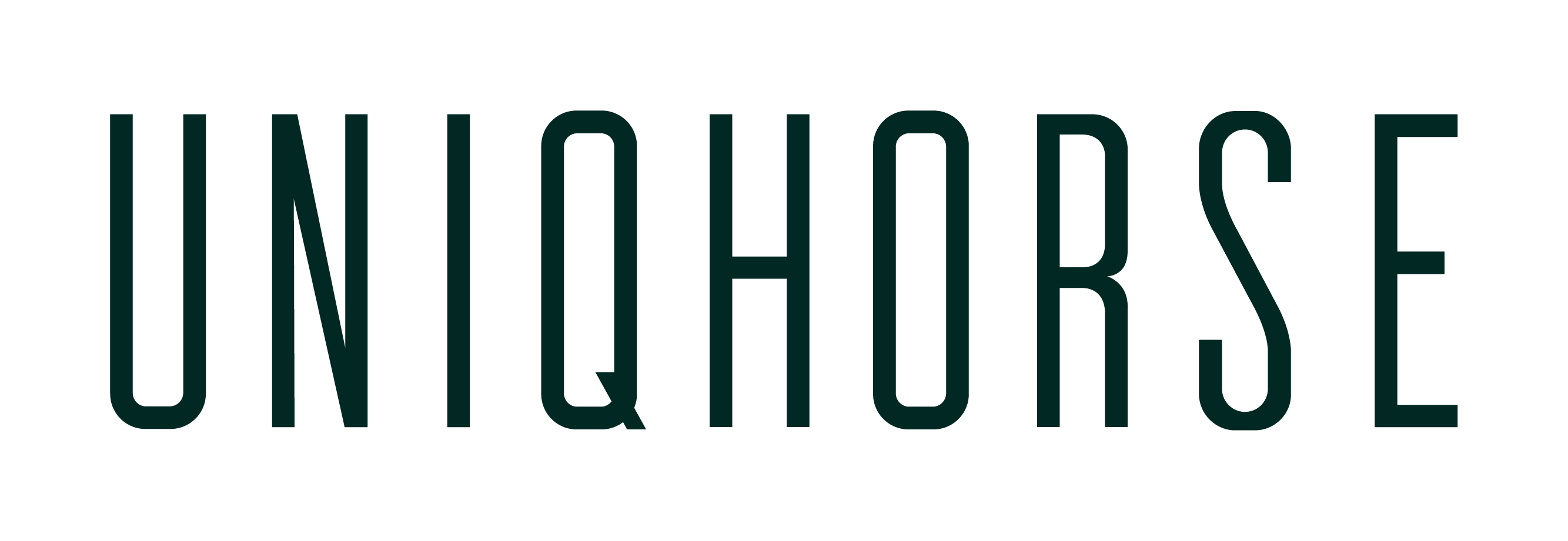


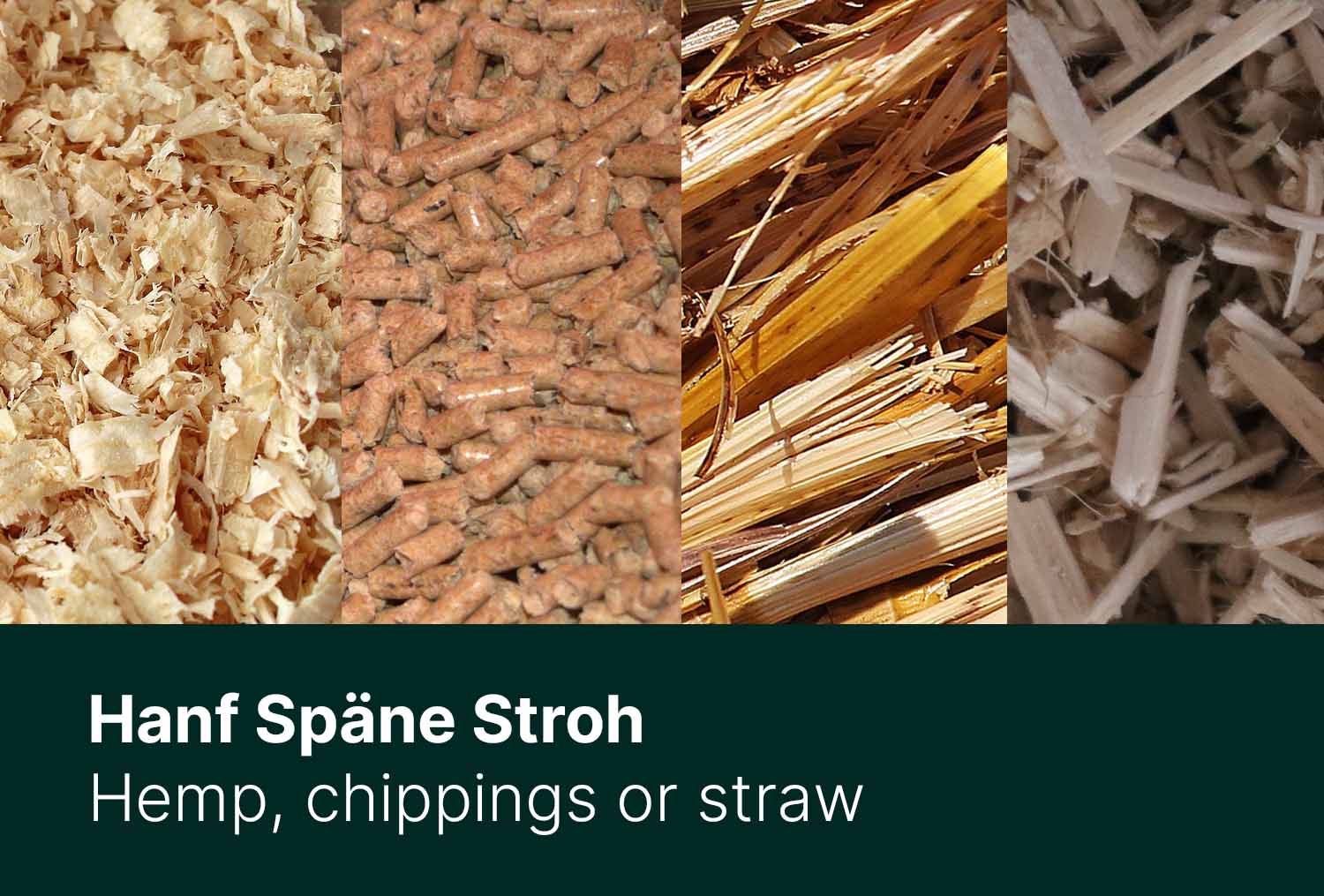


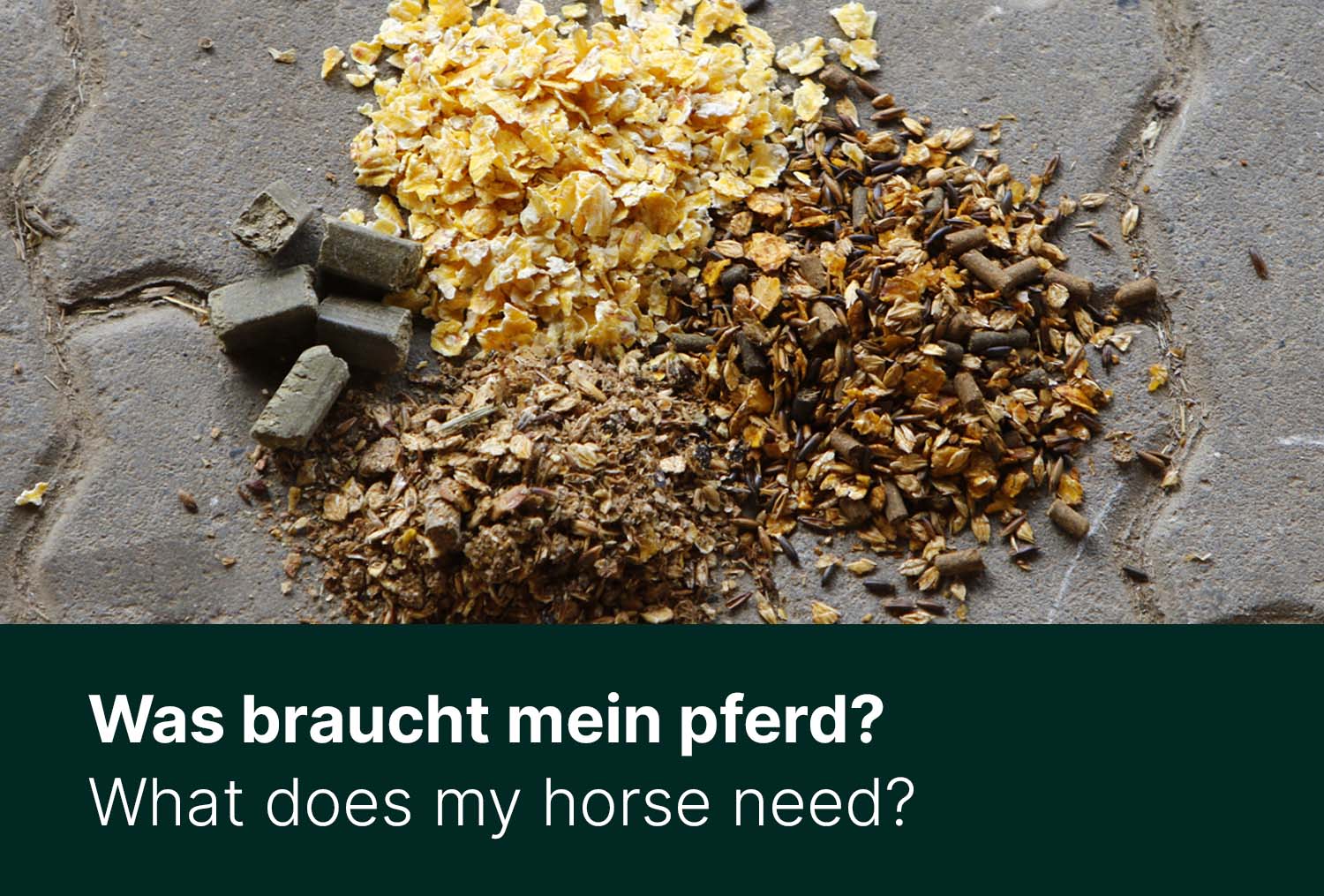
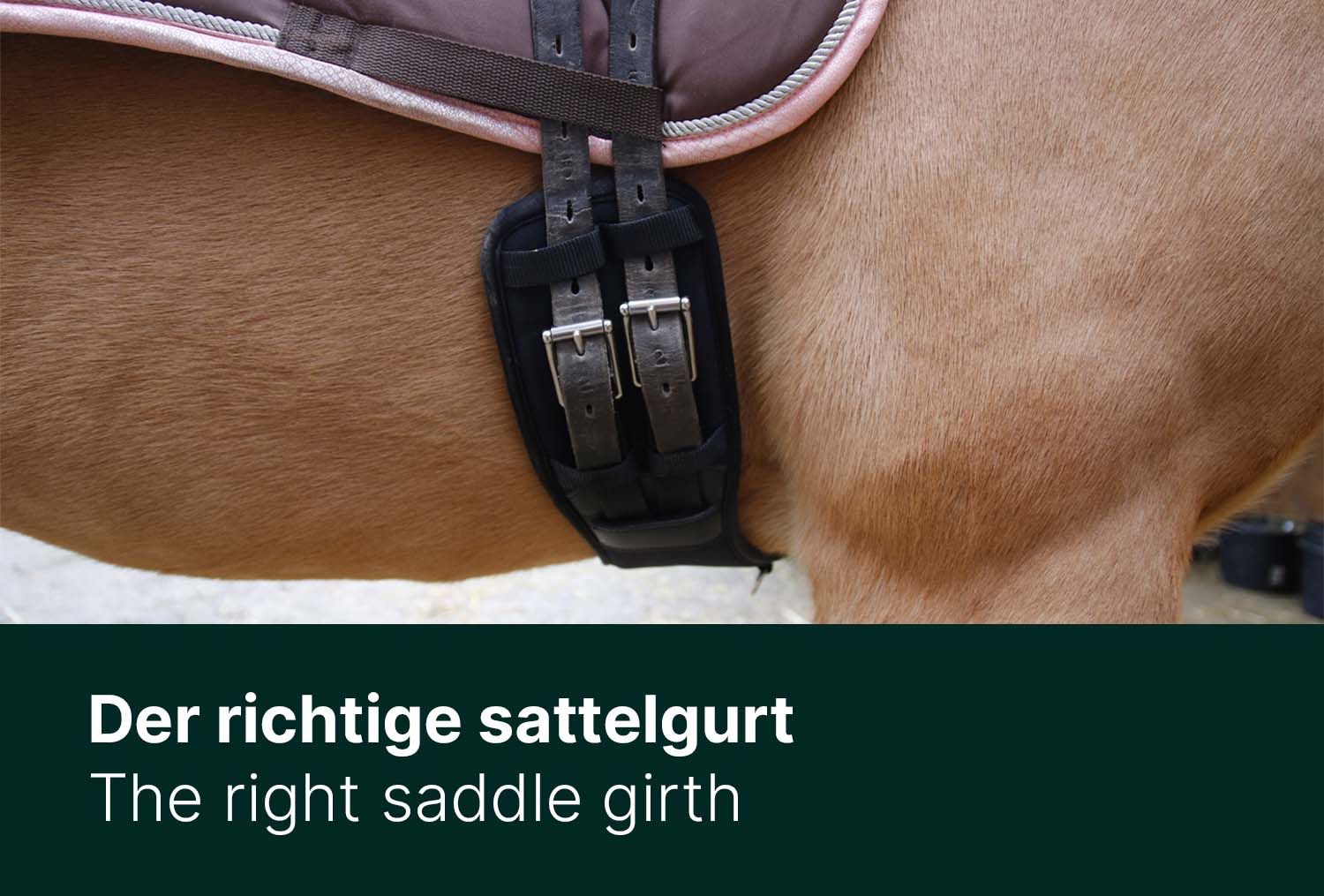
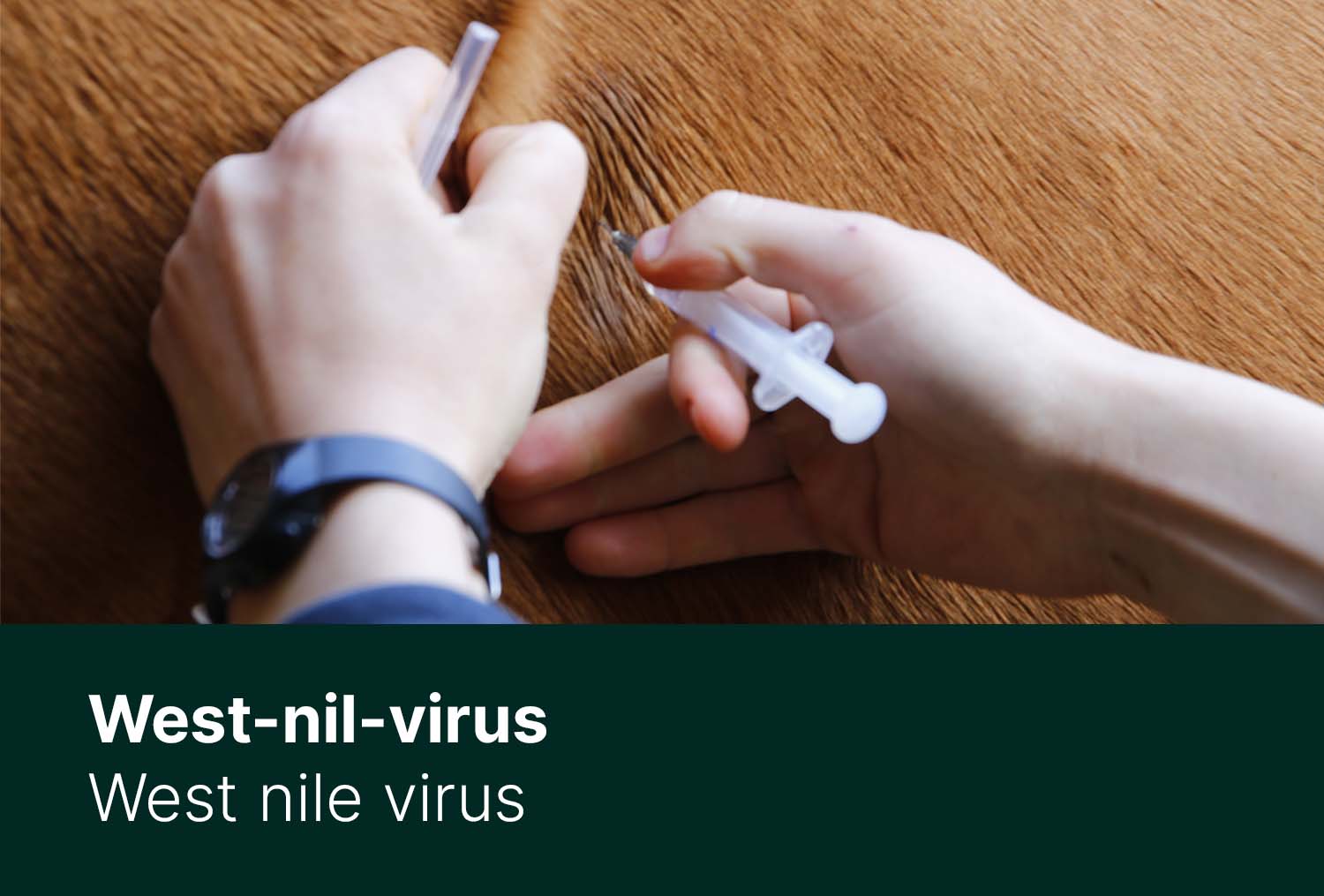
Basic knowledge: Cereals - What does my horse need?
Store Horse Feed Properly